Best guesstimate I have for an indicator LED life span is more than 5,000,000 hours.
I don't think anyone would be surprised if a micro controller lasted 10-15 years. More likely one would EXPECT one to last that long. Think about how many pn junctions could fail in a microcontroller. An LED has only one pn junction. An indicator LED will last longer than anyone can live to find out.
Indicator LEDs would likely never fail in your lifetime. The average human life time is now about 78 years or 683,280 hrs. Indicator LEDs can last longer than that.
The power supply (the weakest link in most products) powering the LED in the DVR has lasted 15 years (23,400 hrs).
Reliability is based on not only the LED but the system the LED is used in.

LEDs rarely die. LED light bulbs die because the driver failed.
The rating on an LED lifespan is based on lumen maintenance.
A common specification for high power lighting LEDs is for 70% lumen maintenance (that is,
output at 70% of its peak intensity) after 50,000 hours of operation.
The most notable industry standard is the IES LM-80 (LM-80), which is according to the U.S. Department of Energy an “approved method for measuring lumen depreciation of solid-state (LED) light sources, arrays and modules,” (U.S. DOE).
This Lumiled white paper covers the topic in detail:
Evaluating the Lifetime Behavior of LED Systems
I took Lumileds 149,000 hr estimate graph (Fig 5) and extrapolated it to 1,000,000 hrs. Keeping in mind this is a high power LED tested at high temperature. Indicator LEDs last much longer.

Rule of thumb is the life of a semiconductor is reduced by 50% for each 10° C rise in temperature. In the LM-80 testing a junction temperature of over 130° C is used (120 °C ambient is specified). And indicator LED runs at room temperature. So for that well over 5X longer for an indicator. This is where I get my best guesstimate I have is 5,000,000 hours.
That is for lighting LEDs. Indicator LEDs have always been know for very high reliability. AT&T was one of the first to see this.
AT&T has found their telephone indicator LEDs would last for up to 50 years. That's 438,000 hours. 50,000 hrs applies to high power (high temperature) that drop to 70%. They last much longer than 50,000 before failure. Lumileds has tested L70 to 148,000 hours with a 50,000 test. If they were go to the point where it could no longer be seen it likely be 500,000 to 1,000,000 hours. See figure 5 in their white paper. And that was a high power high temperature Luxeon Rebel tested at 85°C, 0.35A (Tjunction ≅98°C).
1960s an antiquated 110V GaP LED would last over 438,000 hrs. (50 years)
At the end of the 1960s AT&T Bell Laboratories immediately realized
that there were many possible applications for LEDs. Indicator lamps.
were becoming useful in the telephone business. All such lights used
at that time in the USA operated using 110 V. An example is the
“Princess” telephone, which was intended to be used in bedrooms – the
dial lit up when the phone was picked up from its cradle. The
“Princess” was a prestigious telephone and the latest fad in the 1960s
but had to be installed near a 110 V outlet. A service call to the
local phone company was needed if the bulb burned out. If LEDs were to
replace the 110 V light bulbs, the phone line could power the LEDs and
a 110 V outlet would no longer be needed. In addition, GaP LEDs had an
expected lifetime exceeding 50 years when used in telephones, much
longer than 110 V light bulbs...
LED material makes a difference.
From the book Light emitting Diodes by E. Fred Schubert
The reliability of AlGaAs devices is known to be lower than that of
AlGaInP devices that do not contain any AlGaAs. High-Al-content
AlGaAs layers are subject to oxidation and corrosion, thereby
lowering the device lifetime.
If a 110 V GaP lasted 50 years then a 2V LED should last much longer. As the IV characteristics of LED have improved the lifespan has also improved.
Low values of [Vf] are consistently correlated with high
device reliability



